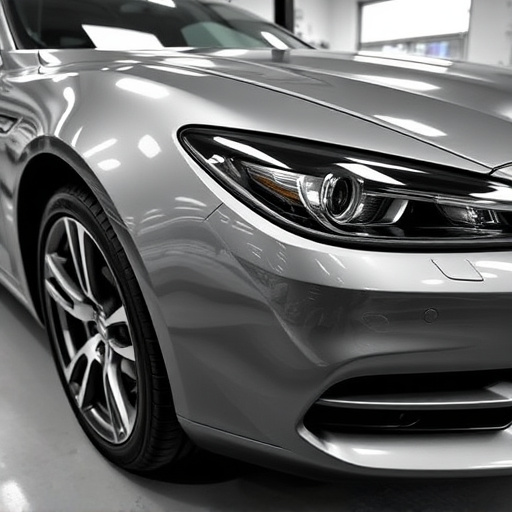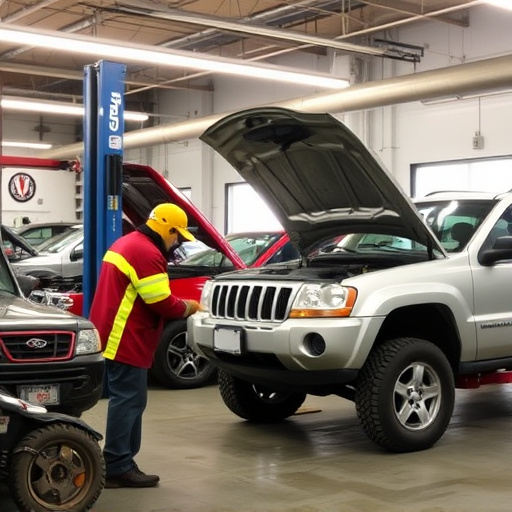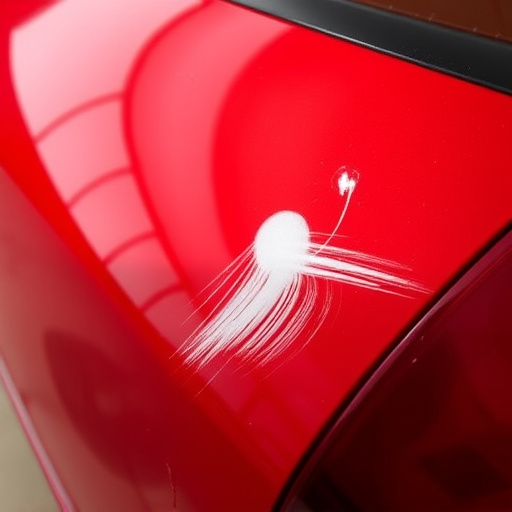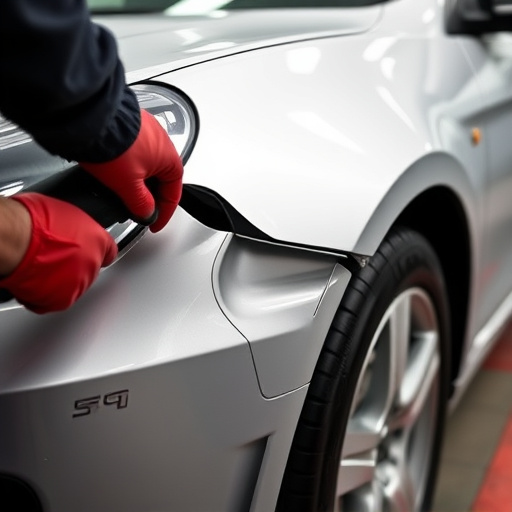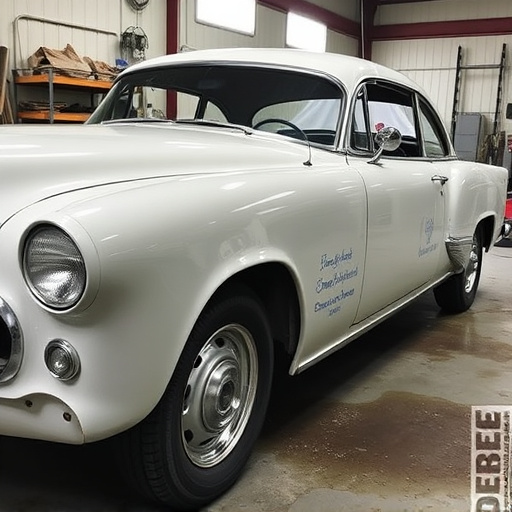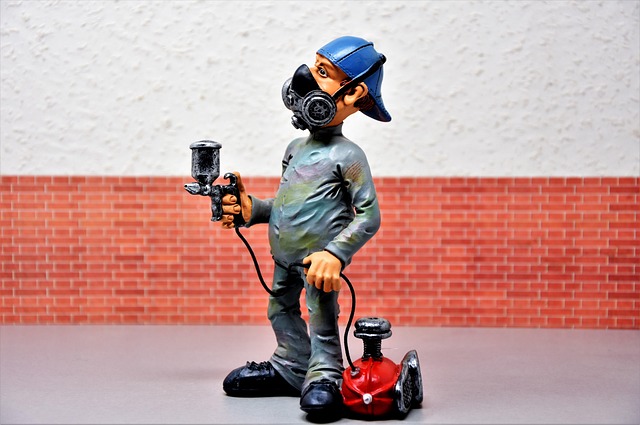The Mercedes Air Balance System, a pioneer in cabin comfort, uses sensors to monitor and adjust temperature, humidity, and pollutants, ensuring optimal air quality. Key components include air filters, moisture regulators, and ionizers for allergen neutralization. Integrating ionization technology further enhances its capabilities, effectively eliminating pollutants and odors, beneficial for body shops repairing cars. Assessing compatibility and system interaction is crucial during integration to maintain the Mercedes Air Balance System's efficiency without disrupting performance.
The Mercedes air balance system, a sophisticated mechanism designed for optimal cabin comfort, has long set industry standards. This intricate network ensures ideal air quality and temperature control. However, with growing concerns about indoor air pollution, integrating ionization technology raises questions. Can the Mercedes air balance system accommodate this addition? This article explores the compatibility of Mercedes’ advanced system with ionization, delving into its components, functionality, and the potential benefits of combining these technologies for enhanced air quality management.
- Understanding Mercedes Air Balance System: Components and Functionality
- The Role of Ionization in Air Quality Control
- Assessing Compatibility: Can Mercedes Air Balance System Incorporate Ionization?
Understanding Mercedes Air Balance System: Components and Functionality

The Mercedes Air Balance System is a sophisticated technology designed to ensure optimal air quality within the cabin of a Mercedes vehicle. This system plays a crucial role in enhancing passenger comfort, especially in terms of air purification and humidity control. It works by monitoring and regulating various parameters, such as temperature, humidity, and the presence of pollutants or allergens, using a network of sensors and actuators. One of its primary functions is to maintain a balanced and comfortable atmosphere, hence the name ‘Air Balance’.
This system comprises several key components, including air filters, moisture regulators, and ionizers. The ionizer, in particular, is a game-changer when it comes to purifying the air. It uses ions to neutralize pollutants and allergens, ensuring cleaner and healthier air for occupants. Car paint services and bumper repair experts often work hand-in-hand with this system to maintain not just the structural integrity of vehicles (through bumper repair), but also the overall ambiance, as pure air contributes to a pleasant interior experience. Additionally, car bodywork services can benefit from this technology’s ability to create a more comfortable environment, which might encourage customers to prioritize both exterior and interior vehicle care.
The Role of Ionization in Air Quality Control

Ionization plays a pivotal role in maintaining optimal air quality within vehicles, and its integration with the Mercedes Air Balance System is a significant advancement in automotive technology. This process involves the use of charged particles to purify the air inside a car’s cabin, ensuring a healthier environment for passengers. By employing ionization technology, the Mercedes Air Balance System effectively filters out various pollutants, allergens, and even odor-causing molecules, resulting in fresher and cleaner air circulation.
In an automotive body shop or during car body repair, understanding the importance of air quality is paramount. The Mercedes Air Balance System’s compatibility with ionization offers a comprehensive solution, especially for those focusing on interior restoration. This innovative feature not only enhances passenger comfort but also contributes to the overall well-being and satisfaction of vehicle owners, making it an indispensable aspect of modern automotive repair.
Assessing Compatibility: Can Mercedes Air Balance System Incorporate Ionization?
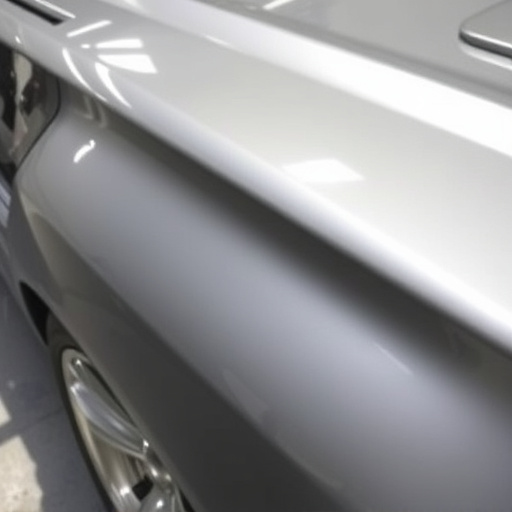
When considering the integration of ionization technology with Mercedes Air Balance Systems, assessing compatibility is a crucial step. While modern vehicle systems are increasingly adaptable, it’s essential to understand if the existing architecture can accommodate new functionalities like ionization. The Mercedes Air Balance System, responsible for maintaining optimal air quality in the cabin, has been designed for specific components and protocols. Introducing an additional system, such as ionization technology, requires a thorough evaluation of potential interference or enhancements needed.
One factor to consider is how the ionizer would interact with the existing sensors and control mechanisms. The Air Balance System relies on precise measurements of air quality parameters. Incorporating ionization could either complement these measurements by providing additional insights into airborne particles or necessitate adjustments to ensure accurate readings. Additionally, energy consumption and heat generation from an ionizer need to be compatible with the system’s overall design, ensuring it doesn’t disrupt the overall performance or require significant modifications in terms of power supply and cooling mechanisms.
In light of the above discussions, it’s evident that integrating ionization technology into the Mercedes Air Balance System could significantly enhance indoor air quality. By understanding the intricate components and functionality of the Mercedes air balance system and the beneficial role of ionization in air quality control, we can conclude that compatibility is achievable with careful consideration. This potential integration offers a promising path to revolutionize air purification within Mercedes vehicles, ensuring passengers breathe easier and experience improved well-being during their journeys.


